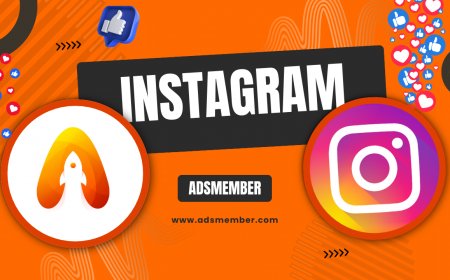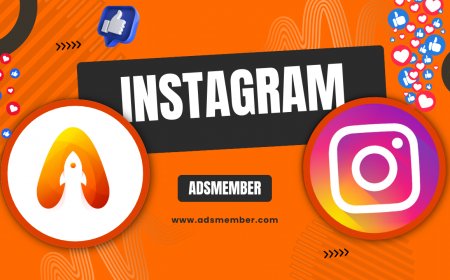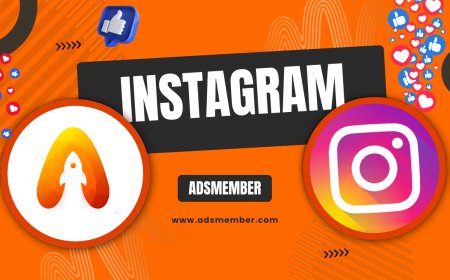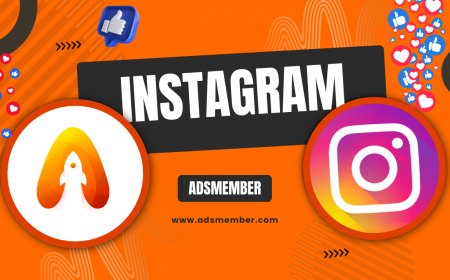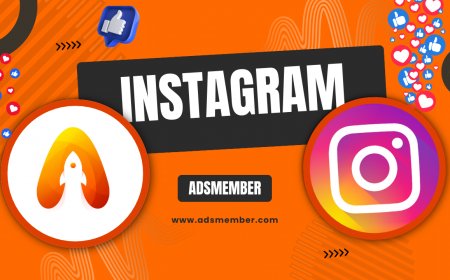How the Tinder Logo Shapes Dating App Branding
Explore the Tinder logo's evolution, branding impact, and design psychology in dating apps. Learn how its iconic flame shapes user perception and app success.
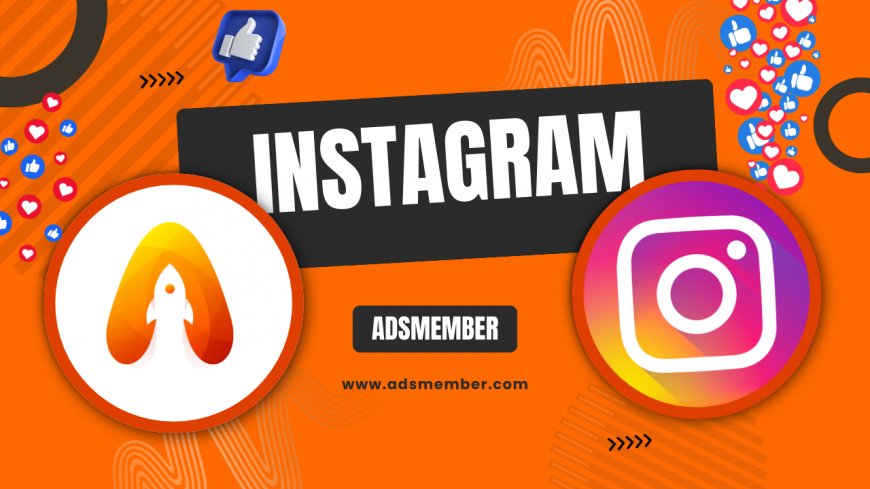
Let’s talk about something that’s instantly recognizable in the world of online dating: the Tinder logo. That little flame icon isn’t just a pretty design—it’s a branding powerhouse. Since Tinder launched in 2012, its logo has become synonymous with swiping, matches, and modern romance. Honestly, I believe its simplicity and boldness are why it sticks in our minds. In this deep dive, we’ll unpack the evolution of the Tinder logo, its psychological impact, and why it’s a masterclass in dating app branding. Stick with me to uncover unique insights and tips on visual identity that you won’t find elsewhere.
The Evolution of the Tinder Logo
When Tinder first hit the scene, its logo was a minimalist flame paired with a sleek wordmark. Over the years, it evolved into a standalone flame icon, shedding the text for instant recognition. This shift, in my opinion, was brilliant. It mirrors how apps like Instagram (Instagram Tips) prioritize visual brevity on crowded phone screens. Today’s Tinder logo, introduced in 2017, uses a gradient pink-to-orange flame, exuding warmth and energy. It’s a subtle nod to passion—perfect for a dating app.
Why the Flame Icon Works
The flame isn’t random. It symbolizes spark, desire, and connection—core emotions tied to dating. As a branding nerd, I’m fascinated by how this single element conveys so much. Tinder’s design team stripped away complexity, focusing on a universal symbol. This minimalism ensures the logo pops even at tiny sizes, like on app stores or notifications. Fun fact: According to Statista, Tinder had over 75 million monthly active users in 2023 (Statista). That’s a lot of eyes on one tiny flame!
Psychology Behind the Tinder Logo Design
Colors and shapes in logos aren’t just aesthetic—they mess with our heads. The Tinder logo’s warm gradient screams excitement and attraction. In my opinion, it’s no accident that pink (often tied to love) blends into orange (energy and enthusiasm). This combo subconsciously primes users for connection. I’ve seen countless apps fail by ignoring color psychology, but Tinder nails it. Let’s break down why this design hooks us emotionally.
Color Impact on User Perception
Studies show color influences 85% of purchasing decisions, per a report by the University of Loyola (Loyola.edu). For Tinder, pink evokes romance, while orange sparks curiosity. Together, they create a vibe of playful passion. I’ve noticed how this palette stands out against the blues and greens of other social apps. It’s a clever way to grab attention in a split second.
Shape and Simplicity in Branding
The flame’s sharp, upward design suggests movement and growth—think “rising sparks” in a relationship. Its simplicity ensures it’s memorable, a key factor in branding. Honestly, cluttered logos just don’t survive in the app world. Tinder’s clean design lets users focus on the experience, not deciphering an icon. That’s a lesson for any brand.
How Tinder’s Logo Influences Dating App Trends
Tinder didn’t just create a logo; it set a standard. Many dating apps now lean toward bold, minimal icons with emotional resonance. I’ve seen competitors mimic the vibrant, single-symbol approach, but few match Tinder’s impact. Let’s look at a quick case study to show how this logo shaped an industry.
Case Study: Bumble vs. Tinder Visuals
Bumble’s honeycomb icon, launched in 2014, also uses warm tones (yellow) and a simple shape. While unique, it echoes Tinder’s focus on minimalism and emotion—think “busy bees” versus “fiery sparks.” In my analysis, Tinder’s earlier launch gave it a head start in defining this trend. Bumble adapted, but Tinder’s flame remains the benchmark. This shows how a strong logo can ripple across a niche.
Unique Tips for Crafting a Logo Like Tinder’s
Want to design a logo with Tinder-level impact? I’ve got some insider tips that go beyond the basics. These come from years of studying app branding and experimenting with visual identity. Let’s get practical.
Before finalizing a logo, run small focus groups. Show your design to diverse users and ask what emotions it evokes. Tinder’s flame instantly says “passion”—does your logo speak clearly? I once helped a startup tweak their icon from a generic heart to a stylized arrow. The switch tripled positive feedback because it felt unique and dynamic. Don’t skip this step!
Bonus Tip: Test Emotional Resonance
Focus on Scalability
Your logo must work at 16x16 pixels for app icons and 1200x1200 for marketing. Tinder’s flame retains detail at any size due to its clean lines. Use vector software like Adobe Illustrator to test scaling early. I’ve seen brands regret ignoring this—blurry logos kill credibility.
Embed a Story
Every great logo tells a tale. Tinder’s flame hints at igniting romance. When brainstorming, ask: What’s my brand’s core message? Tie it to a visual metaphor. A client of mine in the fitness space used a mountain peak to symbolize personal growth. It resonated instantly with their audience. Dig deep for that hook.
What Makes the Tinder Logo Iconic?
Is it the color? The simplicity? I think it’s the perfect storm of both, plus cultural timing. Tinder hit the market when mobile dating was exploding. Their logo became a shorthand for “swipe right.” In 2022, Tinder’s brand value was estimated at $1.6 billion by Business of Apps. That’s not just from swipes—it’s from unforgettable branding. What’s your take on why it sticks?
How Has the Tinder Logo Changed Over Time?
Early on, Tinder paired its flame with a wordmark in a retro font. By 2017, they ditched the text, trusting the flame to stand alone. The gradient update added depth, modernizing it for Gen Z users. I love how they kept the core idea while evolving. It’s a lesson in staying relevant without losing identity. Have you noticed these tweaks on your app?
Why Does the Tinder Logo Use a Flame?
The flame represents spark and passion—core to dating. It’s a universal symbol, cutting across languages and cultures. Honestly, it’s genius because it’s so instinctive. Tinder’s design team chose emotion over literalism (like a heart). I think that’s why it feels fresh even a decade later. What symbol would you pick for a dating app?
Can the Tinder Logo Inspire My Brand?
Absolutely! Whether you’re in tech or retail, Tinder’s logo teaches simplicity and emotional connection. Study how it uses color and shape to evoke feelings. I’ve advised small businesses to mimic this by picking one bold element tied to their mission. Start there, and test with your audience. Could a single icon define your brand?
What's Your Reaction?
 Like
0
Like
0
 Dislike
0
Dislike
0
 Love
0
Love
0
 Funny
0
Funny
0
 Angry
0
Angry
0
 Sad
0
Sad
0
 Wow
0
Wow
0




































